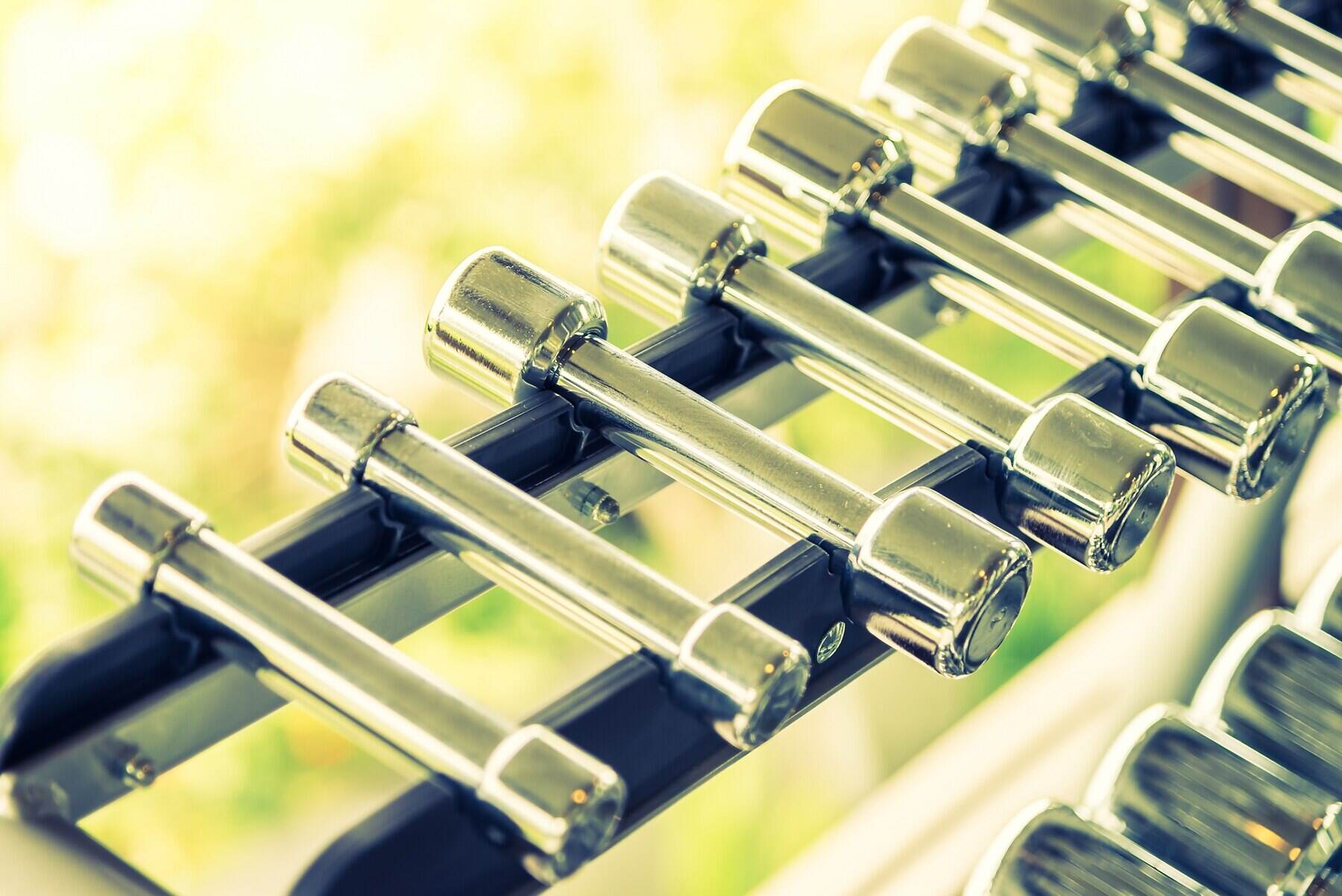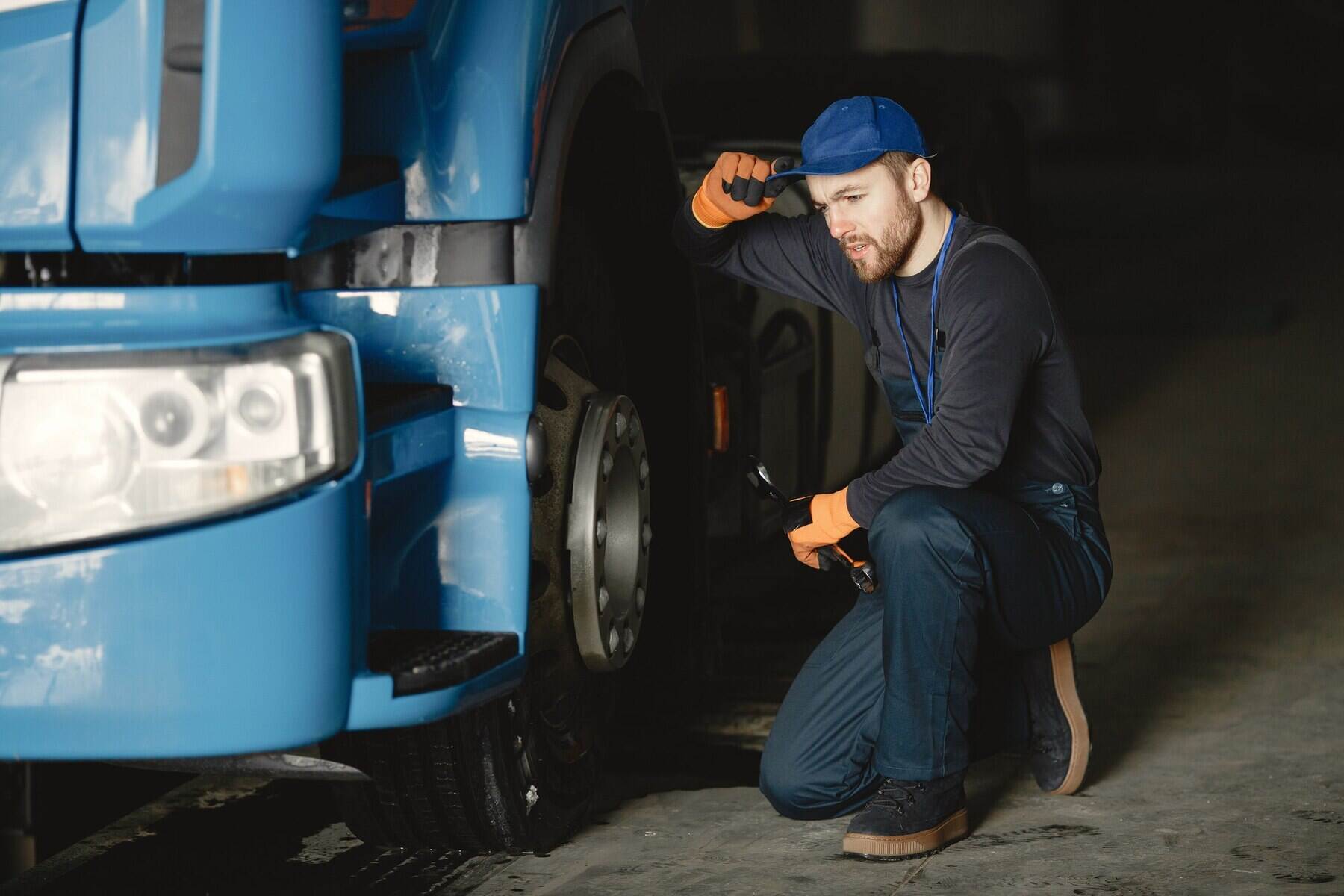As an RV owner, ensuring a smooth and stable camping experience is paramount. Whether you're parked at a campsite or in the comfort of your backyard, trailer stabilizing jacks play an essential role in enhancing your RV's stability. In this comprehensive guide, we will explore everything you need to know about trailer stabilizing jacks to ensure your adventures are safe and enjoyable.
Trailer stabilizing jacks are mechanical devices designed to minimize the movement and sway of your RV while parked. They work by creating a supportive foundation that absorbs shifts caused by wind, inside movements, or uneven ground. Essentially, stabilizing jacks help transform your RV into a stable platform, ensuring comfort and safety during your stay.
One of the most common misconceptions among RV owners is confusing stabilizing jacks with leveling jacks. While they may seem similar, they serve distinct purposes:
Stabilizing Jacks: These are primarily used to reduce rock and sway. Unlike leveling jacks, stabilizing jacks do not lift the RV but rather support it when parked.
Leveling Jacks: These are utilized to adjust the height of the RV, ensuring that it sits level from side to side and front to back. This capability is crucial for the proper functioning of your RV appliances and for a comfortable living environment.
Using stabilizing jacks offers various benefits, including:

There are several types of stabilizing jacks, each suited for different RV models and parking needs:
Scissor jacks are commonly found on travel trailers and some fifth wheels. They are manually operated and require the use of a ratchet or drill to adjust. While they are budget-friendly, caution is needed to avoid over-tightening.
These jacks mount to the RV's frame and can retract into themselves when not in use. Available in both manual and automatic versions, some drop-down jacks feature self-leveling capabilities.
Lightweight yet powerful, screw jacks can handle weights up to 6,000 lbs. They are versatile since they do not require mounting to the RV, allowing them to be easily repositioned.
For those looking for convenience, electric and hydraulic stabilizers offer a hands-off approach to stabilization. With the push of a button or remote control, these systems extend or retract, simplifying the setup.

Locate Mounting Points: Identify the recommended mounting points on your RV's frame—these are typically at the corners.
Attach the Jacks: Use the appropriate tools to secure the jacks in place, ensuring they align with the markings.
Test Stability: Once installed, gently rock the RV to check for excessive movement. Adjust as necessary.
Keep your jacks in optimal condition through regular checks. Lubricate moving parts and tighten any loose bolts. This not only prolongs their lifespan but enhances their performance.
If you observe any of the following, it may be time to replace your stabilizing jacks:
When selecting stabilizing jacks, consider your RV's weight and the specific type of jack that will fit your model. Each RV has different requirements. Consult your manual or dealer if unsure.
While working within a budget, prioritize quality. Dependable and durable jacks may carry a higher upfront cost but will provide better long-term value through consistent support and reliability.
User reviews and expert recommendations can provide valuable insights into the performance and reliability of the jacks. Take the time to do your research before making a purchase.
Investing in high-quality stabilizing jacks is crucial for ensuring a smooth and stable RV experience. Understanding their purpose, proper use, maintenance, and selection process will empower you to make informed decisions. Prioritize safety and comfort as you embark on your RV adventures.
Stabilizing jacks are used to reduce movement and sway in RVs while parked, providing a more stable living environment.
No, stabilizing jacks should not be used for leveling. Their purpose is solely to support the RV and reduce movement.
Regularly inspect for wear, lubricate moving parts, clean them after use, and store them properly to enhance longevity.
Common types include scissor jacks, drop-down jacks, screw jacks, and electric/hydraulic stabilizers, each suited for different RV models and needs.
Embrace the world of RVing with confidence—make sure your stabilizing jacks are up to the task! Happy traveling!